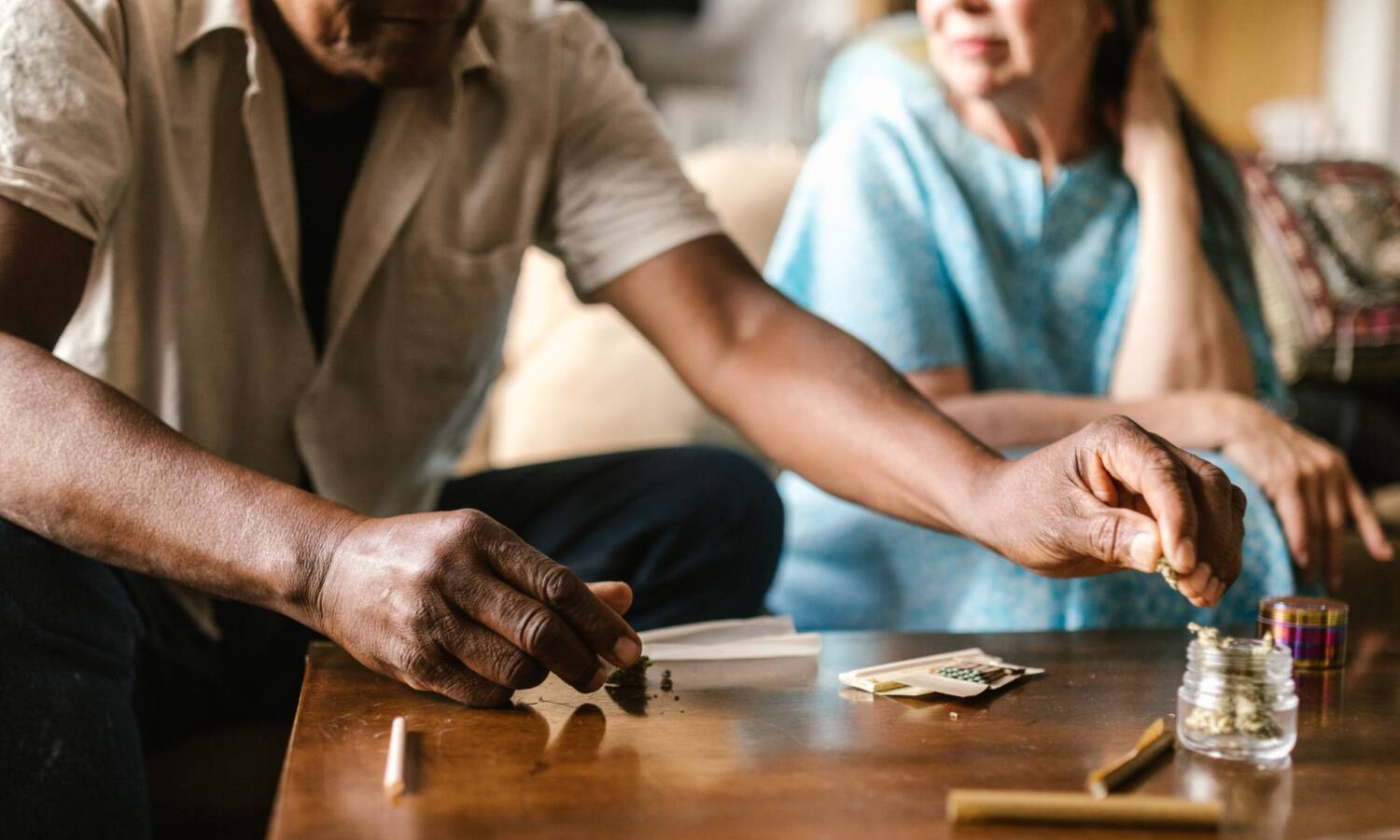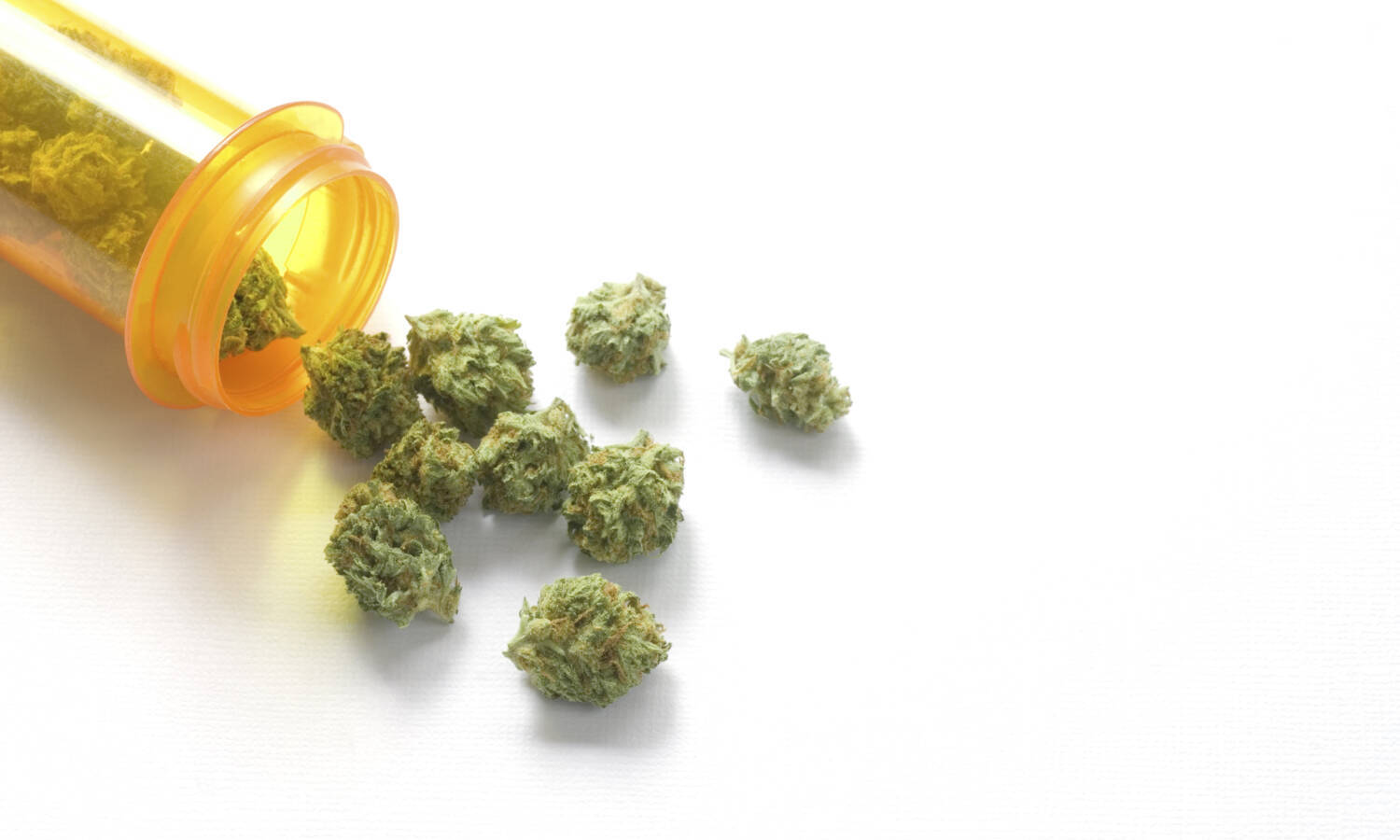Getting a medical marijuana card in your state requires you to complete several steps, which start with finding out if you qualify for one.
This article originally appeared on Cannabis.net and has been reposted with permission.
The use of cannabis as alternative medicine has increased over time as legalization laws came into effect. It was mainly to meet the demands of patients whose treatments have not responded effectively to regular prescribed medication.
Thus, receiving a medical marijuana card allows you to buy cannabis products legally that can help treat symptoms of your illness. While the process of acquiring a medical marijuana card may differ from state to state, there is a general procedure you can expect to follow when applying for one. With that said, here’s how you can get a medical marijuana card in your state.

Check If You Have A Qualifying Condition
One of the first necessary steps to acquiring a medical marijuana card is checking if you qualify for one. In any case, each state has different laws and criteria on what conditions permit issuing a card. However, the general qualifier is having a chronic illness that impacts your way of life.
RELATED: Should You Still Consult With Your Doctor After You Get A Medical Marijuana Card?
It means that you cannot carry on with your daily life due to symptoms of an illness that affect your physical, emotional, and mental wellbeing. Some of these qualifying conditions include but aren’t limited to:
- Cancer
- Chronic Pain
- Multiple Sclerosis
- Parkinson’s Disease
- Epilepsy, Migraines, and Seizures
- HIV and AIDS
- Autism
- Anxiety
There are about 17 recognized qualifying conditions, all in all, depending on your state. Checking the list in your state before you apply for a card can save you time just in case you might not be eligible. This is because the entire process takes time, effort, and money while not guaranteeing that you get a card in the end. This information is available on your state’s health department website.
Consult With Your Physician
Once you have determined that you have a qualifying condition, the next step is to consult with your primary care doctor. This step is to inform them about your interest in medical marijuana and to get an expert opinion on whether your condition can be managed by marijuana in the first place. Since your doctor has your medical records and history, they’ll be able to advise you on whether you should pursue applying for a card.
RELATED: Grading Every State’s Medical Marijuana Program — How Well Did Your State Do?
In addition to this, you may need to undergo further testing to find out whether you’ll be a suitable candidate for your state’s medical marijuana program in the future. It is usually in case you’ve recently experienced worsening symptoms of your illness and if standard treatments have been ineffective on you. Your doctor can also assess whether the medical marijuana is likely to react with other medicine that you’re taking.
Make An Appointment With A Doctor Licensed to Certify Cards
In most cases, general practitioners aren’t licensed to conduct certification for medical marijuana cards. Thus, you’ll have to find a specialist in your state who has the license to do it. Most of these doctors are experts in cannabis medicine and are registered partners of your state’s medical marijuana program.
You can find their contact information on your state department’s health website. Alternatively, if you prefer being discreet, you can search the database of a licensed medical cannabis company in your state, such as a Medical marijuana doctor in Virginia.

The point of the appointment is for the certifying doctor to verify and interpret the severity of your qualifying condition and evaluate whether you can benefit from medical cannabis. They also need to approve that no other options for treatment are viable for you.
Be expected to ask for proof of your condition, such as medical records, MRI, and X-ray scans. This is why the previous step with your primary care doctor is necessary. After being approved by the certifying doctor, they will explain the medical marijuana program to you and advise what cannabis medication can work for you. All of the information they will give will be general advice since no doctor is allowed to prescribe cannabis products to you.
Register For Your States Medical Marijuana Program
The final step in getting your medical marijuana card is signing up to be a medical marijuana patient. Your certifying doctor would, in the meantime, send an emailed recommendation to you. You’ll need this as proof of approval to complete the signup. This step can become quite a tedious administrative process depending on how much information your state demands from you.
RELATED: Which States Have Medical Marijuana In 2022?
If you don’t want to bother with the process, some companies can complete the signup for a fee. Otherwise, you can visit your state health department’s website and fill in your details on their application form. On the website, you will find instructions on how to proceed and what they need from you.
There is a fee involved in issuing the card, and it can range from USD$20-USD$200. Once you’ve registered and have sent in your application, your health department can take up to 30 days to review and approve it.

Receiving Your Medical Marijuana Card
After your application has been accepted, you will finally be issued a medical marijuana card which will be delivered to your home address via mail in a few weeks. It officially validates your status as a medical marijuana patient.
The card is valid for one year and will have to be renewed annually for the same cost paid during the application. Once you’ve received the card, you are then allowed to legally purchase medical marijuana products at approved licensed dispensaries in your area.
In some cases, you can even be permitted to grow your own medical cannabis at home if it’s deemed necessary by your certifying physician. Thus, ensure that you always have your unexpired card to show law enforcement whenever the situation calls for it.
Conclusion
Getting a medical marijuana card in your state requires you to complete several steps, which start with finding out if you qualify for one. You’ll then need to check the list of conditions for your state and visit your doctor.
After this, you’ll need to see a certifying doctor so they can write a recommendation that you need to include when filling out the card application. Once done, you have to wait for it to be mailed to you. And after receiving it, you can start using it to get the medical cannabis products you need to alleviate your condition.
This article originally appeared on Cannabis.net and has been reposted with permission.


